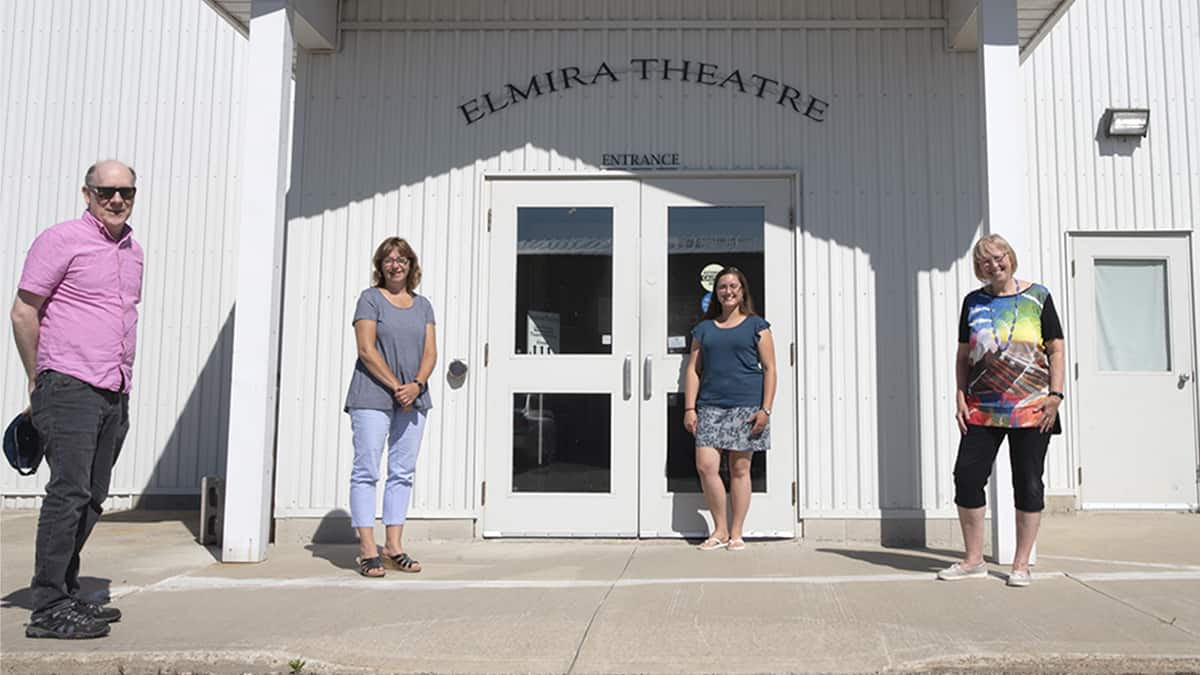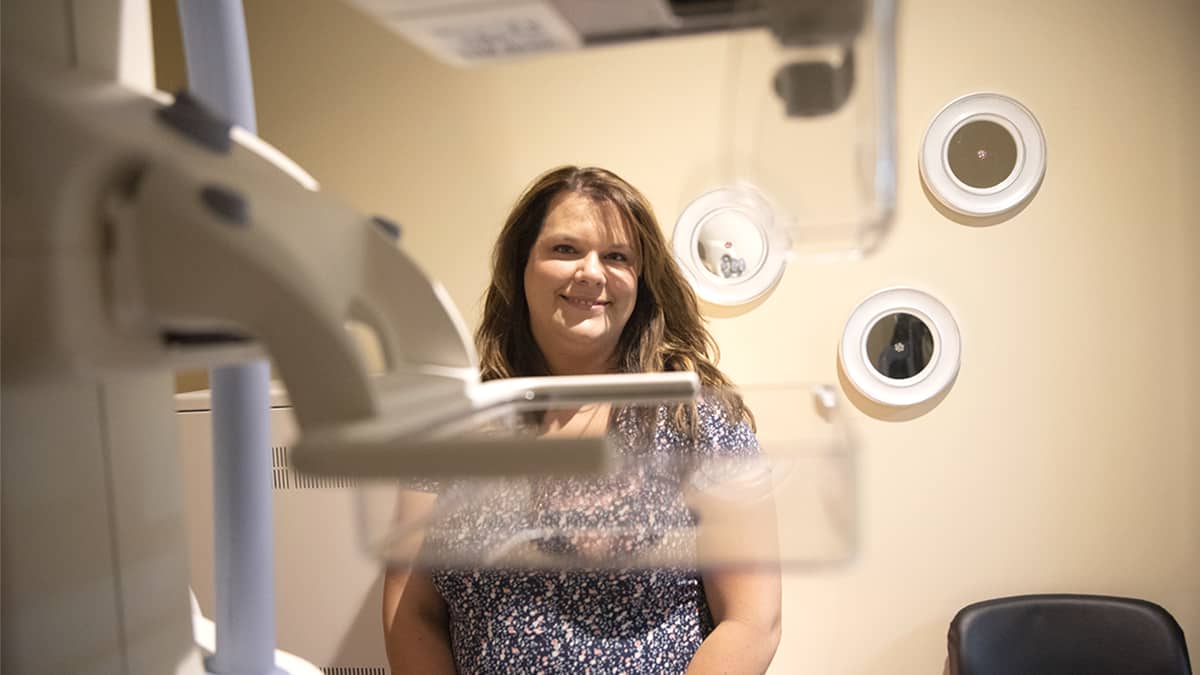;
;
;
Next Article
Elmira Theatre Company celebrates 40 years

Between a health-care system focused on COVID-19 and a public largely in lockdown, routine health checks such a mammograms were on the backburner. As more facets of everyday life return, so too do other aspects of health care. Not considered essential during the lockdown, the Ontario Breast Screenin
Last updated on May 03, 23
Posted on Jul 30, 20
2 min read
